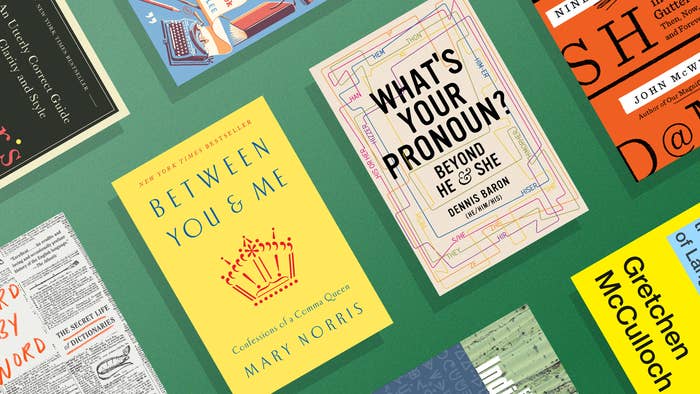
The BuzzFeed copy desk is obviously obsessed with all things grammar, style, and editing. Here are some of our favorite books on language.
Each one is full of trivia that’ll make you the life of the party, guaranteed, no caveats. Here are some things we learned in the books below: The notion that you should avoid ending a sentence with a preposition might have come from one 17th-century guy's predilection for Latin grammar. There’s a scientific reason why you can more clearly recall reading something in physical print than in an e-book. The word stet, something copy editors regularly say to suggest leaving the text alone, comes from Latin and means “let it stand.”
If you found this information remotely compelling, you will almost certainly enjoy reading these books. Or if there’s a language lover in your life, these might be the perfect gifts.
Rebel with a Clause: Tales and Tips from a Roving Grammarian by Ellen Jovin
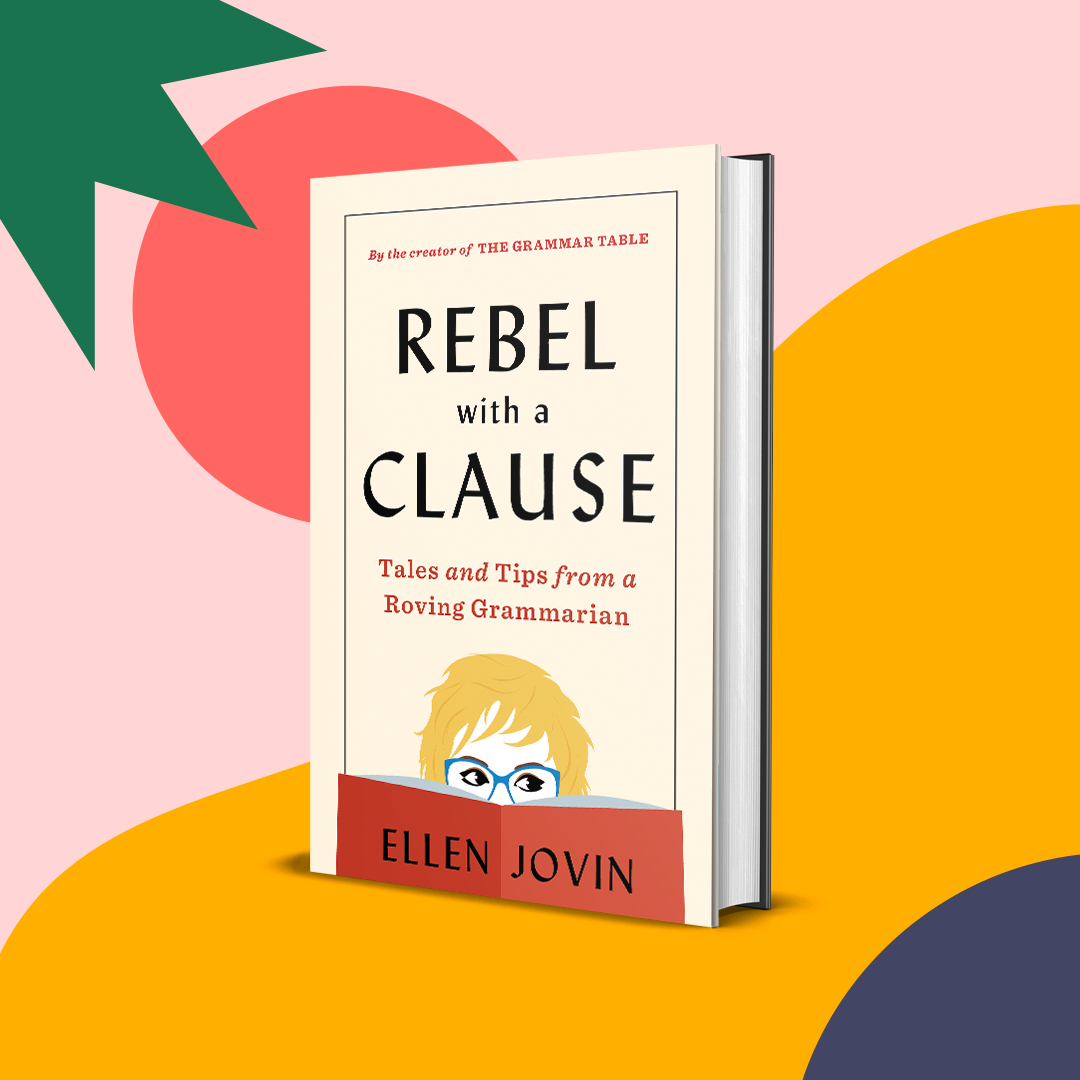
In 2018, Jovin, a consummate grammar expert who has studied more than 25 languages, set up a folding table at a park near her New York apartment and propped up a sign reading “Grammar Table.” She quickly started fielding language questions and providing a space for people to vent about apostrophes used for commas, run-ons, etc. She took it on the road to nearly every state. Among the people she met: someone who left his therapist after they said “between you and I,” a drunk 23-year-old in Alabama griping about his dad’s texting style, and a “footnote fetishist.” Everybody has an opinion about language and style, whether they know it or not. This is a nice portrait of Americana.
Get it from Bookshop or from your local indie bookstore via Indiebound. You can also try the audiobook version through Libro.fm.
How Words Get Good: The Story of Making a Book by Rebecca Lee
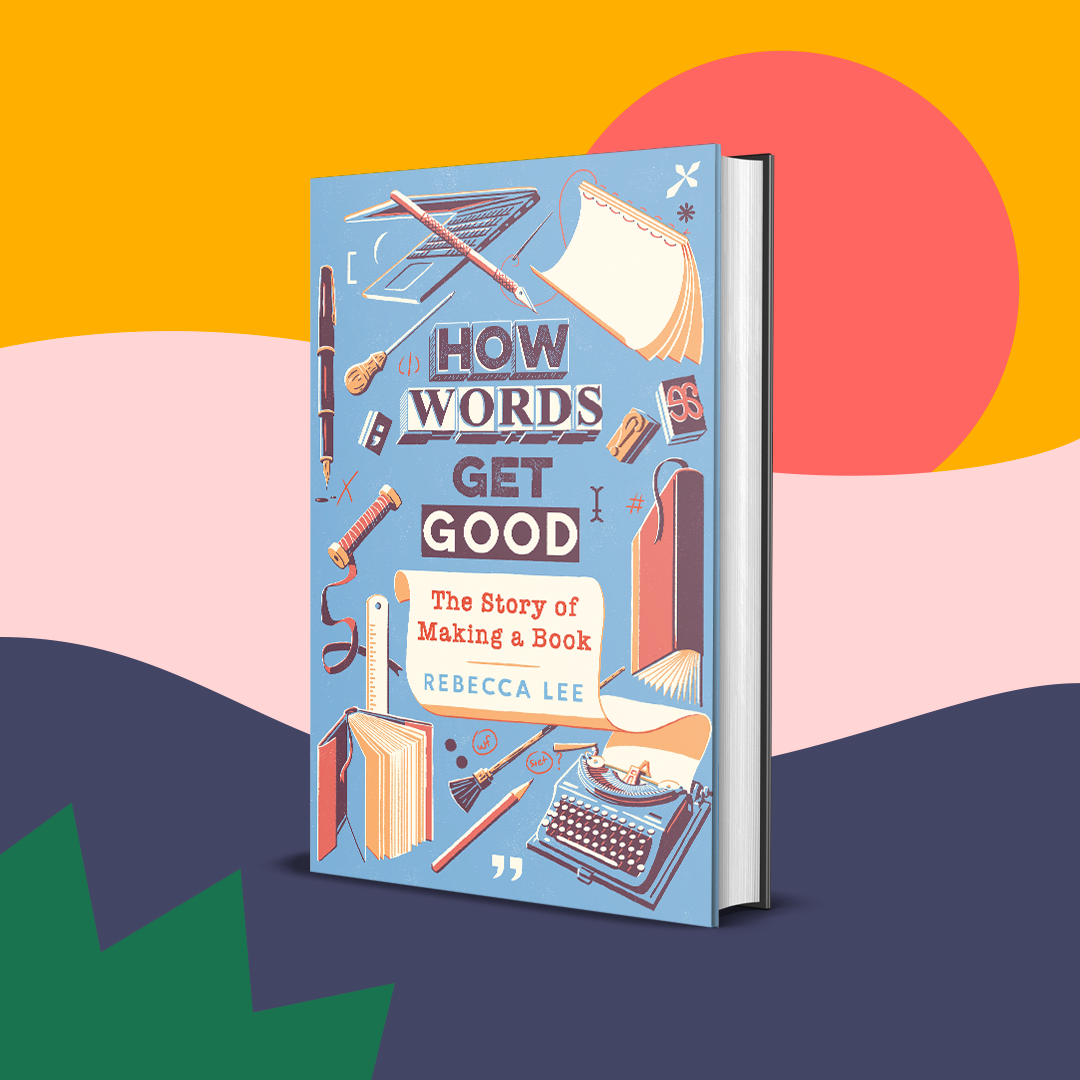
Lee, an editorial manager at Penguin Random House and a “professional word-improver,” provides a behind-the-scenes look at how a story is shepherded from idea to hardbound published copy. It will make you appreciate the sheer amount of labor, time, and expertise it takes, as well as the small details that make a big difference, like text design, typeface, footnotes, and indexes. It also answers questions like why yellow is so in vogue for cover art, and why it’s easier to remember words you read on paper than on an e-reader.
What’s Your Pronoun?: Beyond He and She by Dennis Baron
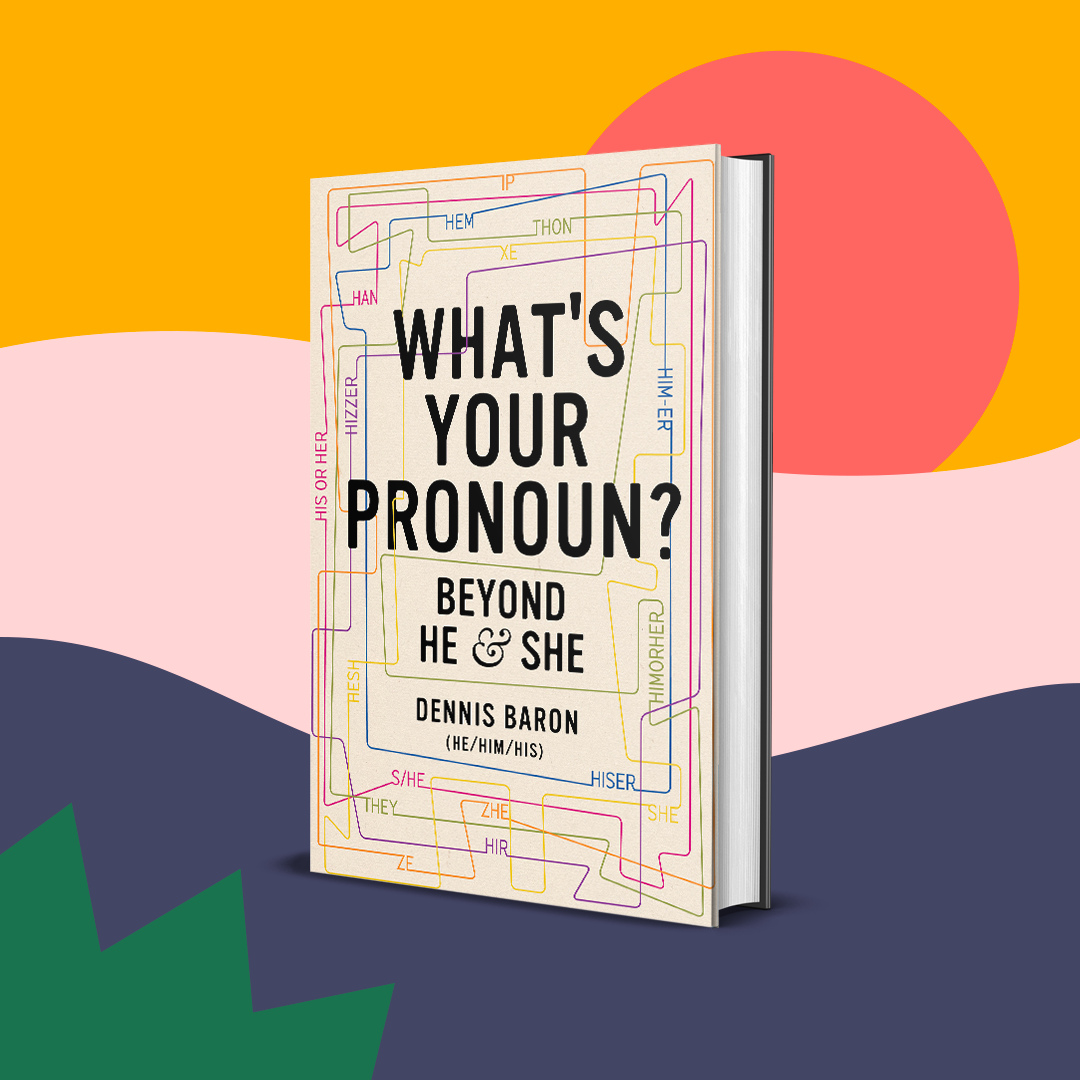
The singular they has been “good, idiomatic English for 700 years,” linguistics professor Baron writes, but some English speakers rejected it, spurring a centuries-long historical pursuit of a singular nongendered pronoun. This led to the invention of dozens of neopronouns, many of which had been forgotten until they were revived in the 21st century, and the mainstream embrace of the singular they/them. “What’s different about pronoun discussions today is that more and more people are taking the gender debate away from the medics and grammarians and making it their own,” he writes.
Get it from Bookshop or from your local indie bookstore via Indiebound. You can also try the audiobook version through Libro.fm.
A World Without Whom: The Essential Guide to Language in the BuzzFeed Age by Emmy Favilla
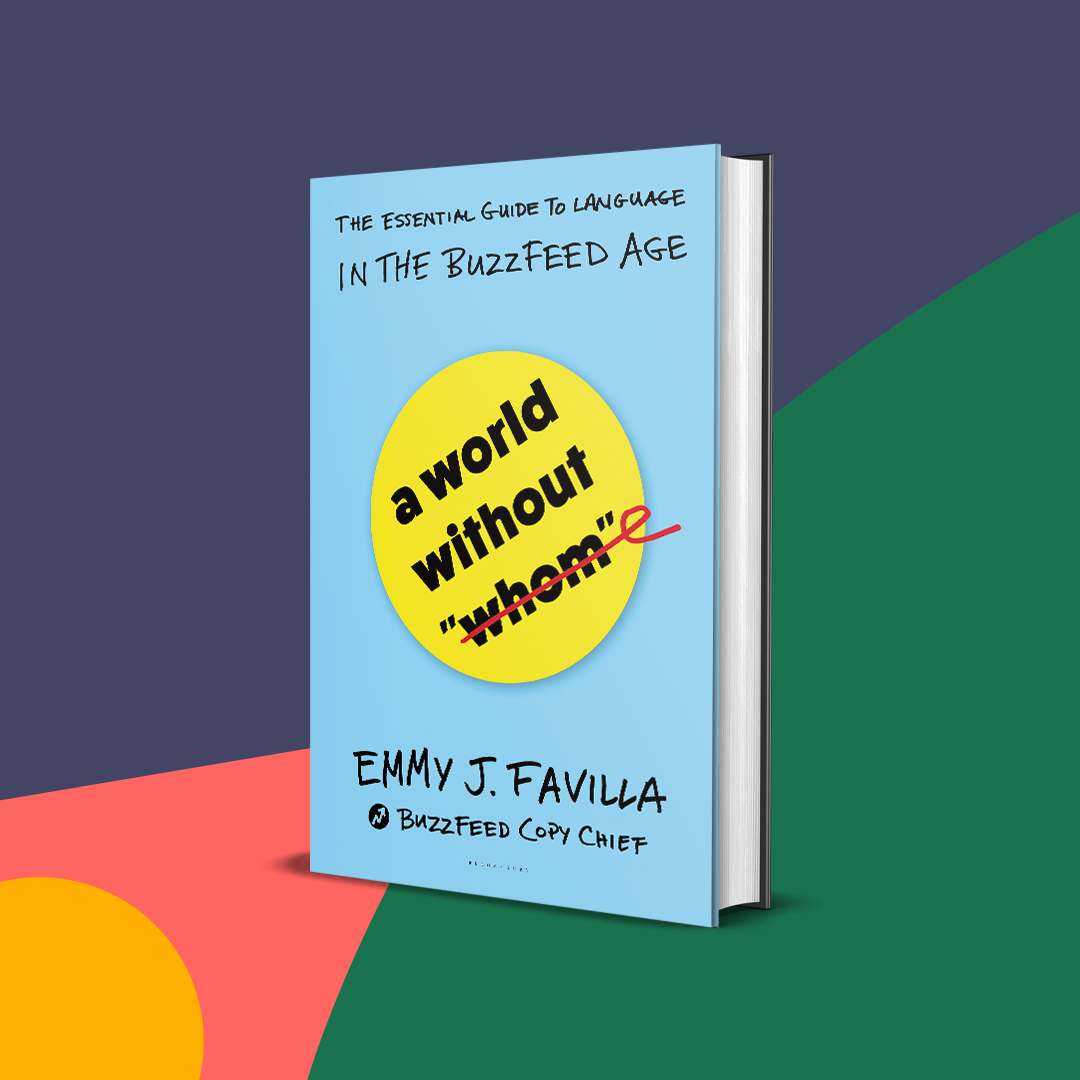
The former BuzzFeed copy chief unearths some of the company’s most twisted secrets from the darkest recesses of the workplace (screengrabs of our copy desk’s Slack conversations about whether roller coaster is one word or two). BuzzFeed stories couldn’t be beholden to AP style alone, Favilla realized, so she set out to create a style guide from scratch. It has become a compendium of progressive and inclusive language and style guidelines for the internet. AP style is good, but it doesn’t have an entry for memeable.
Get it from Bookshop or from your local indie bookstore via Indiebound.
Because Internet: Understanding the New Rules of Language by Gretchen McCulloch
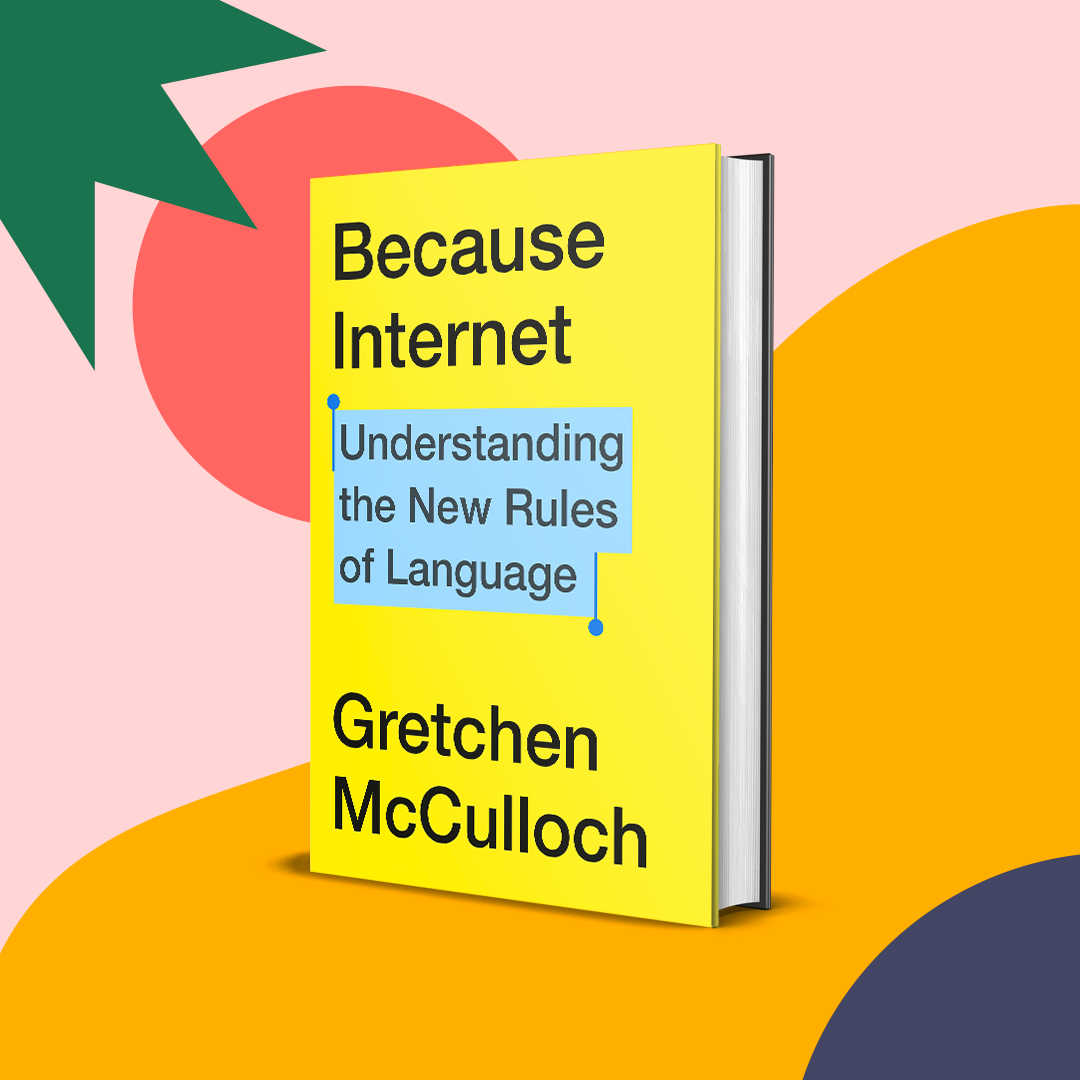
How did tildes become the punctuation mark for ~whimsy and sarcasm~? When did we start using a clapping emoji to get 👏 your 👏 point 👏 across 👏, or placing s p a c e s b e t w e e n l e t t e r s and repeating certainnnnnnn letterssssssss for emphasis? McCulloch, an internet linguist, explains why social media vernacular looks the way it does and what your “typographical tone of voice” says about your texts. This book is the skeleton key that unlocks how we communicate in an extremely online world.
Get it from Bookshop or from your local indie bookstore via Indiebound. You can also try the audiobook version through Libro.fm.
Bagels, Bumf, and Buses: A Day in the Life of the English Language by Simon Horobin

Horobin goes through your daily routine and earmarks everything you see and interact with to note its etymology and evolution. That egg you had for breakfast: The egg white’s technical term is albumen, from Latin albus (as in Dumbledore, meaning white), while the yolk’s name is also from its color, the Old English geolu (yellow). Your evening gin, erroneously thought by some to be named for the city of Geneva, is derived from the Dutch word genever, from Latin’s juniperus (meaning the juniper berries used to flavor the spirit). Every label or nickname we’ve ascribed to things, which you might not think twice about, has an explainable, logical origin. Horobin’s book has a reassuring message that things aren’t all that complicated.
Get it from Bookshop or from your local indie bookstore via Indiebound. You can also try the audiobook version through Libro.fm.
Dreyer’s English: An Utterly Correct Guide to Clarity and Style by Benjamin Dreyer
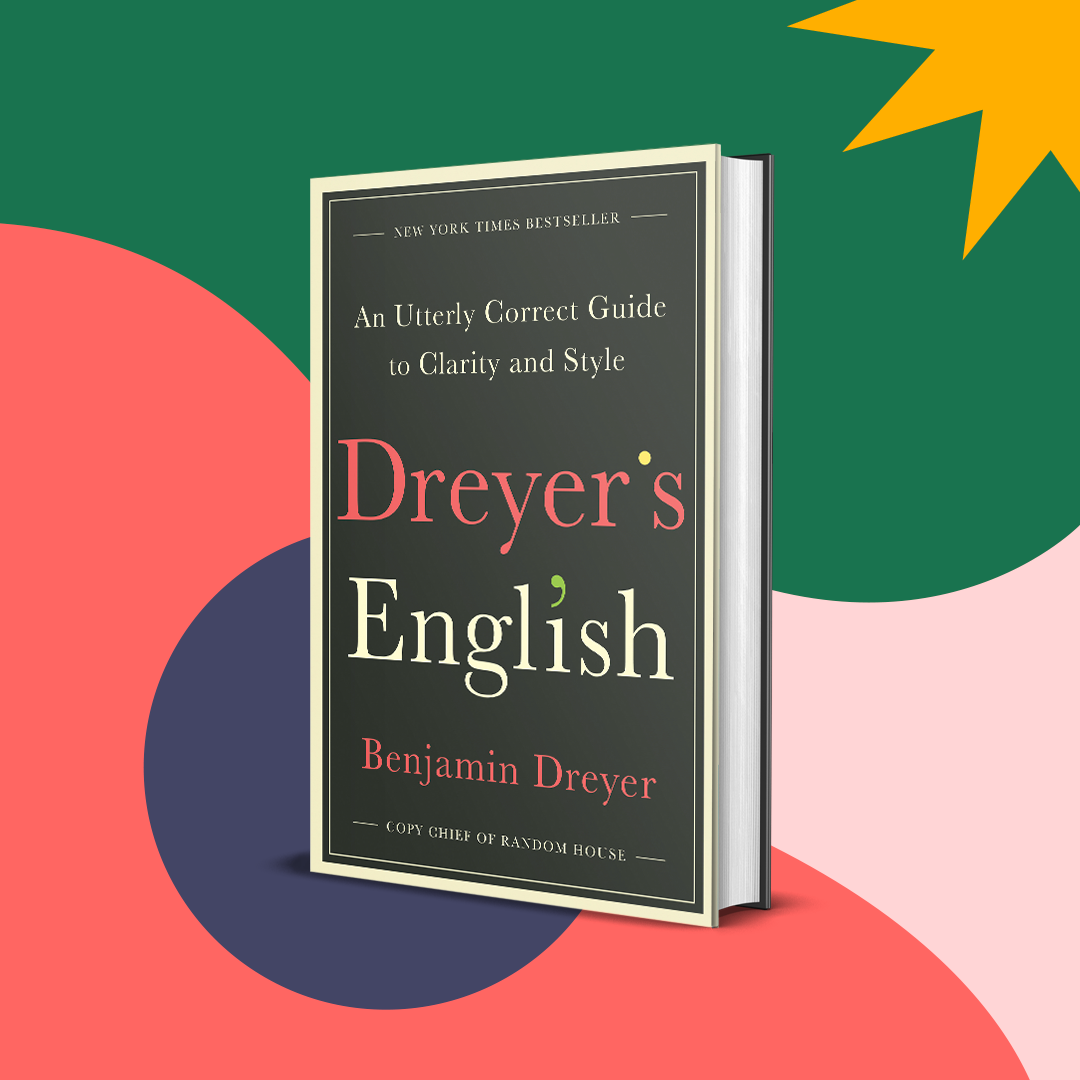
Dreyer’s cogent copyediting philosophy is that one’s job in looking at a story is “to burnish and polish it and make it the best possible version of itself that it can be — to make it read even more like itself than it did when I got to work on it.” The copy chief at Penguin Random House, Dreyer compiled a copyediting guide that’s endlessly informative and bitingly funny. He offers novel style guidance, such as which words are unnecessary “throat-clearers and wan intensifiers.” There’s also the supplementary Stet! card game and, for younger readers, the children’s edition of Dreyer’s English.
Get it from Bookshop or from your local indie bookstore via Indiebound. You can also try the audiobook version through Libro.fm.
Nine Nasty Words: English in the Gutter: Then, Now, and Forever by John McWhorter

McWhorter’s book is a thorough rundown of the words that have historically offended us. Riddled with pop culture references, from the swears in Gone With the Wind to those in Succession, the book shows how a taboo word can be defused and normalized over time, or how a once-casual utterance can become forbidden. It also covers anatomical cuss words, slurs, expletive infixation (it’s unfuckingbelievable), when my ass and that shit work as pronouns, and how you’d phrase the past tense of shit. “Profanity will always intrigue us with its distinctive status and flavor amid the ‘real’ words that make up our language,” he writes. “They are both not real words and realer than most others.”
Get it from Bookshop or from your local indie bookstore via Indiebound. You can also try the audiobook version through Libro.fm.
Between You & Me: Confessions of a Comma Queen by Mary Norris

Norris, who has been on the editorial staff at the New Yorker since 1978, notes early on in this book the contentious relationship between spell-check and the magazine’s, uh, piquant house style. Even though she routinely gets the disapproving red line from spell-check, she says she would never disable it. “That would be hubris.” Come for Norris’s perspective on why a legacy outlet like the New Yorker, “a bastion of prescriptivism,” commits to its style decisions; stay for the story about the style editor who died before he could kill the diaresis.
Get it from Bookshop or from your local indie bookstore via Indiebound. You can also try the audiobook version through Libro.fm.
Word by Word: The Secret Life of Dictionaries by Kory Stamper
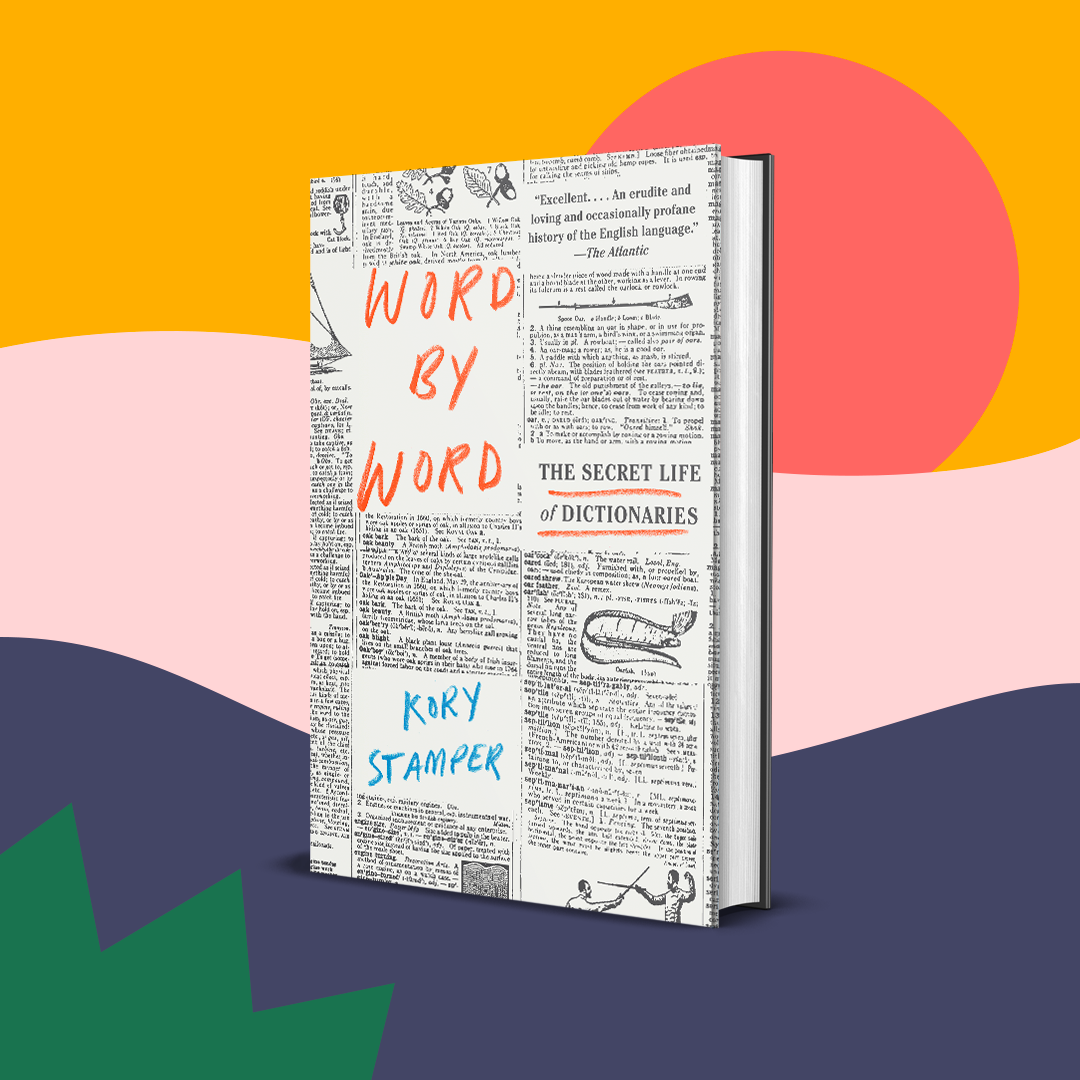
When someone writes an incredulous email to Merriam-Webster saying that “irregardless” shouldn’t be in the dictionary, that “it’s a made-up word that made it into the dictionary through constant use,” Stamper, then an associate editor at the dictionary publisher, replies: “That’s pretty much how this racket works. All words are made-up: Do you think we find them fully formed on the ocean floor?” This book outlines what it’s like working at the dictionary and what a lexicographer does, exactly. It’s full of interesting trivia and anecdotes about language, like where the idea to never end a sentence with a preposition came from, and why it’s bogus when applied to English.
Get it from Bookshop or from your local indie bookstore via Indiebound. You can also try the audiobook version through Libro.fm.
Elements of Indigenous Style: A Guide for Writing by and About Indigenous Peoples by Gregory Younging
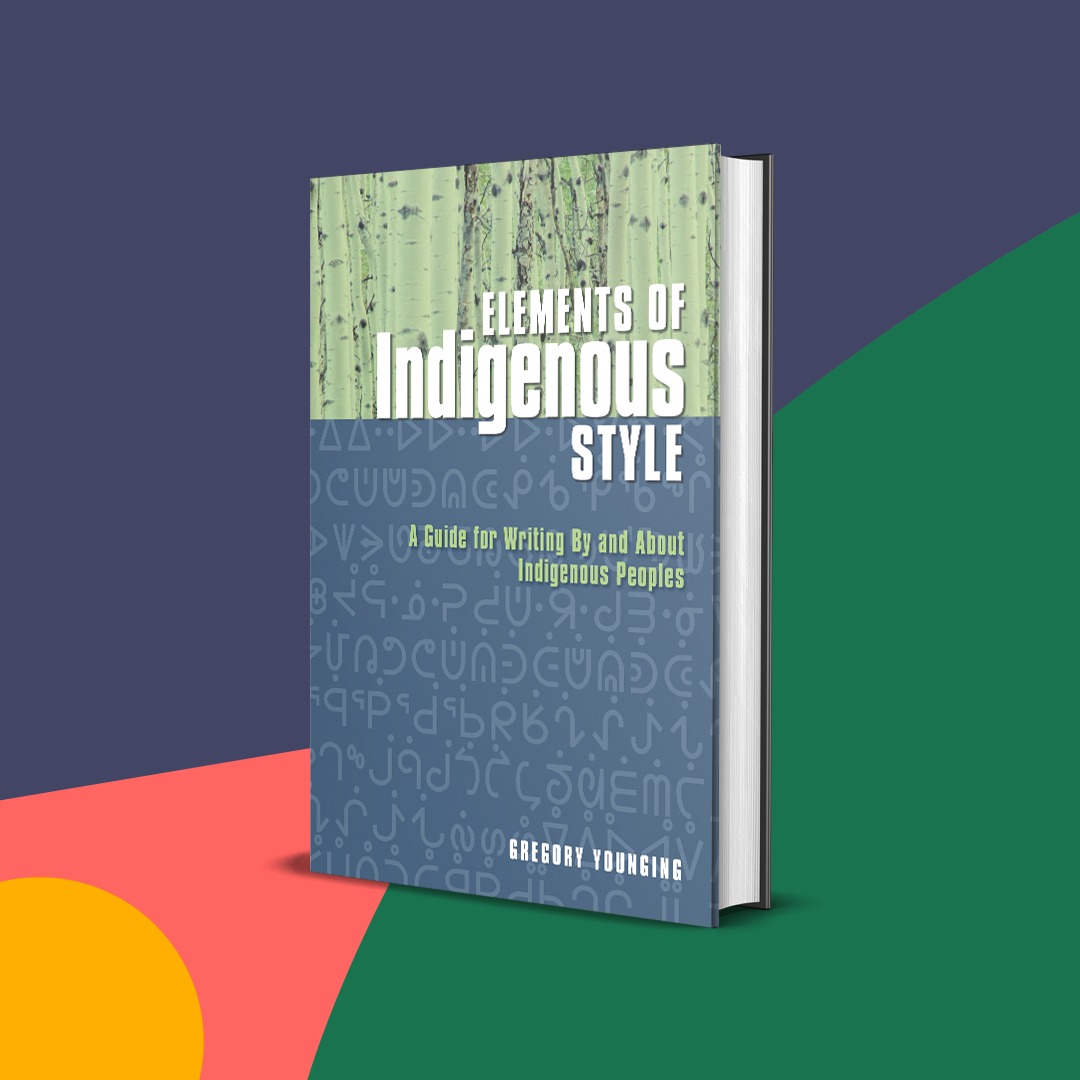
This book — which purports to be “a first attempt at an Indigenous style guide and a first volume” — contains specific editorial guidelines, style principles, terms to use and avoid, and best practices for publishing. “When an author is writing about them … Indigenous Peoples would at least like the opportunity for input into how they are represented on the page,” Younging writes. This is an invaluable resource that every newsroom, or anyone who writes about Indigenous peoples, should consider picking up.
Get it from Bookshop or from your local indie bookstore via Indiebound.
